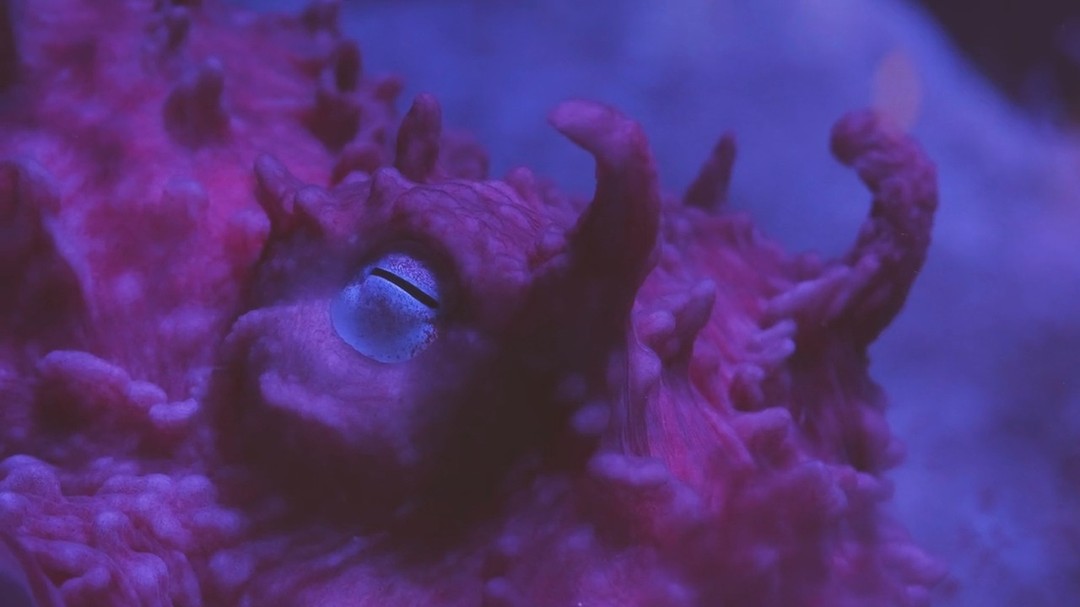- The Giant Pacific Octopus and Its Unique Features
- Camouflage and Adaptation Mechanisms
- Chromatophores and Their Role in Octopus Camouflage
- Conservation of the Giant Pacific Octopus and Its Habitat
- The Impact of Environmental Changes on Octopus Populations
The Giant Pacific Octopus is a fascinating cephalopod renowned for its intelligence, behavioral quirks, and physiological adaptations. A standout feature recently capturing interest is the presence of horn-like structures or protrusions above the eyes. These intriguing structures are part of the complex tactile and visual system that allows the octopus to interact dynamically with its environment. While the core body structure of the octopus, with its soft body and eight limbs, remains consistent across species, the Giant Pacific Octopus has evolved unique traits to survive in its underwater habitat.
One notable adaptation of the Giant Pacific Octopus is its mastery of camouflage. This ability to blend seamlessly with surroundings is crucial for survival, serving both as a defense mechanism against predators and a strategic advantage during hunting. The octopus employs an intricate system of skin cells, known as chromatophores, to achieve this. Chromatophores are pigment-containing and light-reflecting cells capable of rapid color change. By expanding or contracting these cells, the octopus can mimic the colors, textures, and contours of its environment with remarkable precision, even bringing out raised features such as bumps, ridges, and ‘horns’ that give it an intimidating appearance.
The role of chromatophores in octopus camouflage is central. These cells, along with other specialized cells like iridophores and leucophores, form a sophisticated system of color and texture control. Iridophores create iridescent colors by reflecting light, while leucophores scatter light to produce white effects. Together, they enable color shifts and textural imitations that are nothing short of biological artistry. The color changes can be instantaneous, allowing the octopus to react to threats or opportunities with speed and stealth. This camouflage prowess is part of what makes the Giant Pacific Octopus one of the most fascinating invertebrates in the ocean.
The conservation of the Giant Pacific Octopus is vital for maintaining aquatic diversity and ecological balance. As apex predators, they play an essential role in controlling prey populations, which in turn maintains the health of coral reefs and marine ecosystems. The current conservation efforts focus on sustainable fishery practices, research into octopus populations, and habitat restoration. It is essential to protect these creatures from overfishing and habitat destruction caused by pollution, climate change, and human interference. Initiatives like marine protected areas help safeguard their habitats, promoting the recovery of octopus populations and the larger marine environment.
Environmental changes, including ocean acidification, warming seas, and pollution, pose significant threats to octopus populations. These changes impact the availability of prey, breeding patterns, and survivability of young octopuses. With rising sea temperatures, the distribution of the Giant Pacific Octopus is shifting, forcing them into new territories that may not provide suitable living conditions. To mitigate these effects, there is a pressing need for comprehensive research to understand the intricate life cycle of the octopus and the ecological roles they fulfill. This understanding can inform more effective conservation strategies and ensure the future health of marine ecosystems.
In summary, the Giant Pacific Octopus, with its distinctive features and behaviors, captivates marine enthusiasts and scientists alike. From its ability to camouflage using chromatophores to its crucial role in the ecosystem, this cephalopod is an embodiment of evolutionary marvel. Understanding and conserving these creatures is paramount, not just for preserving oceanic beauty and diversity but for the substantive ecological roles they play in our voyage of oceanic discovery. The horn-like protrusions, a testament to the octopus’s ability to adapt and survive, remind us of the constant dance between life and environment in the underwater realm.
*****
Source Description
Hello! Where did those horns on our giant Pacific octopus come from? While most octopuses don’t have horns, they are full of surprises! They can camouflage and blend in with their surroundings by changing their skin color and even texture using skin cells called chromatophores. The cells expand and contract to change color and texture, including bumps, ridges, and ‘horns’ above the octopus’s eyes, like the ones we see in this video.


